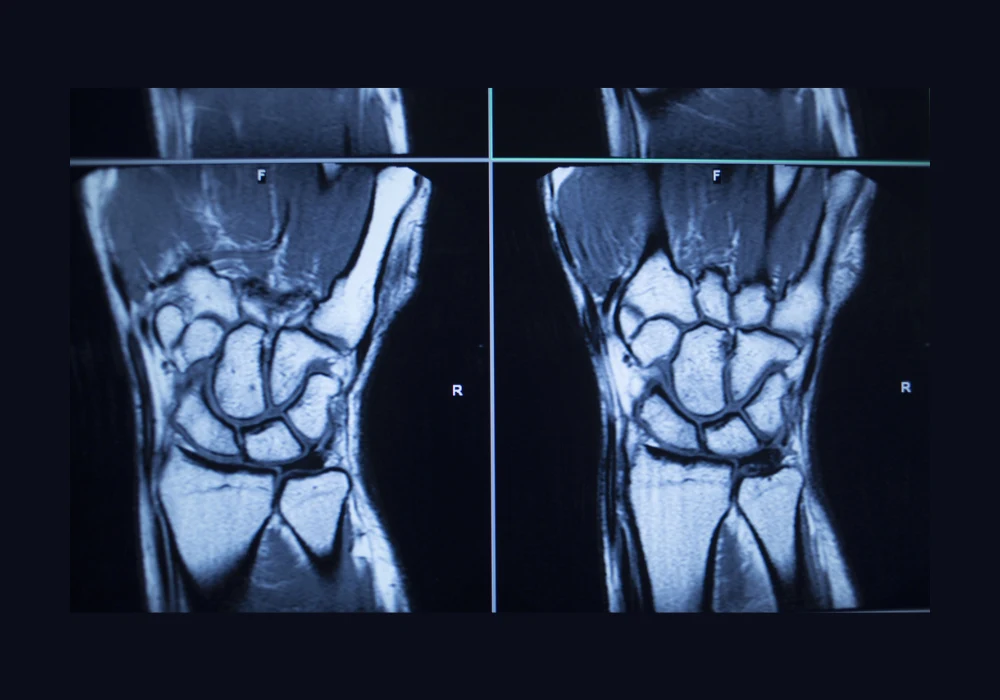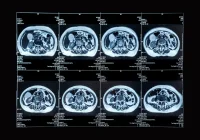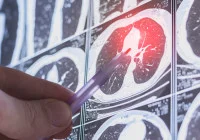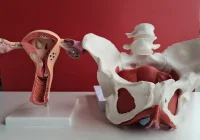Magnetic resonance imaging (MRI) is an established diagnostic tool for musculoskeletal conditions of the upper limb, particularly the hand and wrist. Its high diagnostic accuracy makes it indispensable in clinical care, yet its use can also reveal findings unrelated to the reason for referral. These incidental abnormalities, ranging from benign variations to serious pathology, present challenges for both patients and healthcare systems. They may lead to additional tests, follow-up appointments or treatment, with implications for costs, clinical resources and patient anxiety. Data from a large tertiary centre in the United Kingdom provides detailed insight into how often such findings occur in hand and wrist MRI, their nature and the circumstances under which they are most likely to be identified.
Prevalence and Characteristics of Incidental Findings
Over a 14-year period, 2138 hand and wrist MRI scans were analysed after exclusions for incomplete or inappropriate cases. Of these, 490 scans, representing 22.9%, revealed at least one incidental finding. Incidentalomas, defined as incidental findings requiring further investigation or treatment, were identified in 67 scans, accounting for 3.1% of the total. This means that approximately one in four scans contained an unexpected anomaly, and around one in 30 required clinical follow-up.
Must Read: 3D MR Neurography and ZTE MRI for Nerve and Bone Mapping
Incidentalomas were most commonly located in bone, followed by the joints. Smaller numbers were found in muscle, mixed tissues, nerves and vessels. While many were benign, three cases were malignant, five were benign neoplasms, and the majority were clinically innocent anomalies such as ganglion cysts or anatomical variations. Almost all patients with an incidentaloma required clinical surveillance, and 19% underwent additional procedures. These included repeat MRI, ultrasound, CT scans and blood tests. The data demonstrates that incidental findings can significantly influence patient management, even when not directly linked to the original indication for imaging.
Determinants Influencing Detection
The risk of incidental findings was not uniform across patient groups or technical parameters. Age was a clear determinant, with the likelihood of an incidental finding increasing by 12% with each additional decade of life. This reflects the cumulative burden of disease associated with ageing and mirrors findings from other imaging studies. Anatomical location also influenced detection rates. Wrist scans had a higher incidence of incidental findings than scans limited to the hand, with one additional finding identified per ten wrist scans. Hand-only scans were less likely to demonstrate abnormalities, possibly due to differences in anatomical complexity and imaging resolution.
The role of the reporting radiologist was another factor. Scans reported solely by consultants showed lower rates of incidental findings than those co-reported with trainees or first assessed by trainees and subsequently reviewed by consultants. In these latter groups, incidental findings and incidentalomas were identified more frequently. One explanation is that trainees may be more likely to report minor abnormalities that experienced consultants might consider clinically irrelevant, or that co-reporting processes allow more time for detailed discussion.
Technical aspects of imaging also affected detection. Scans performed at higher field strength (3T compared with 1.5T) were associated with greater detection of incidental findings and incidentalomas. Higher resolution images and greater signal-to-noise ratios contribute to this increase. By contrast, the use of intravenous contrast was associated with a reduced likelihood of incidentalomas, with risk reduced by two-thirds compared with non-contrast scans. This finding highlights how imaging protocols can influence reporting outcomes.
Clinical and Organisational Implications
The prevalence of incidentalomas in hand and wrist MRI was lower than that reported for other anatomical regions where major organs are included in the imaging field, such as the brain, breast, heart, liver or brachial plexus. For example, incidentalomas have been observed in up to 29% of breast MRI scans and 24% of cardiac imaging. In comparison, the 3.1% prevalence in hand and wrist MRI is relatively low. Nevertheless, their occurrence in symptomatic patients still has consequences for care. With nearly a quarter of scans yielding incidental findings, and around one in seven of those requiring further action, the downstream impact is significant.
The clinical burden is most evident in the requirement for additional imaging and surveillance. Patients with incidentalomas within joints generated the highest follow-up demand, often needing ultrasound or repeat MRI. Those with incidentalomas in bone also had high rates of follow-up with multiple imaging modalities. This illustrates how incidental findings can lead to prolonged care pathways and resource utilisation, even when the anomalies turn out to be benign. In addition to the financial cost, patients may experience heightened anxiety while awaiting further investigations or results.
The findings also highlight gaps in current clinical practice. Informed consent before imaging is often limited, and patients are not always advised about the possibility of incidental discoveries. This can make unexpected findings more difficult to manage, particularly if they require invasive procedures or long-term monitoring. At present, guidance on the management of incidental findings is inconsistent, and legal frameworks are unclear, particularly for research settings or findings of uncertain significance. These uncertainties add to the challenge for clinicians who must decide how best to communicate and act on incidental discoveries.
Hand and wrist MRI frequently reveals abnormalities beyond the original reason for referral, with almost one in four scans containing an incidental finding and a smaller but clinically important proportion requiring further action. The likelihood of detection depends on patient age, anatomical site, technical factors and the reporting radiologist. Although less common than in other anatomical regions, the impact of these findings is considerable, requiring additional investigations, surveillance and sometimes treatment. They represent both a clinical challenge and a source of potential anxiety for patients.
By quantifying prevalence and identifying contributing factors, this analysis provides evidence that can inform patient discussions, consent processes and healthcare planning. More consistent frameworks for managing incidental findings, alongside improved education for clinicians, could help balance the benefits of early detection with the risks of over-investigation. Planning capacity and capability to respond to incidental findings is essential, ensuring that the benefits of MRI are maximised while minimising unnecessary burdens on patients and systems.
Source: British Journal of Radiology
Image Credit: iStock










